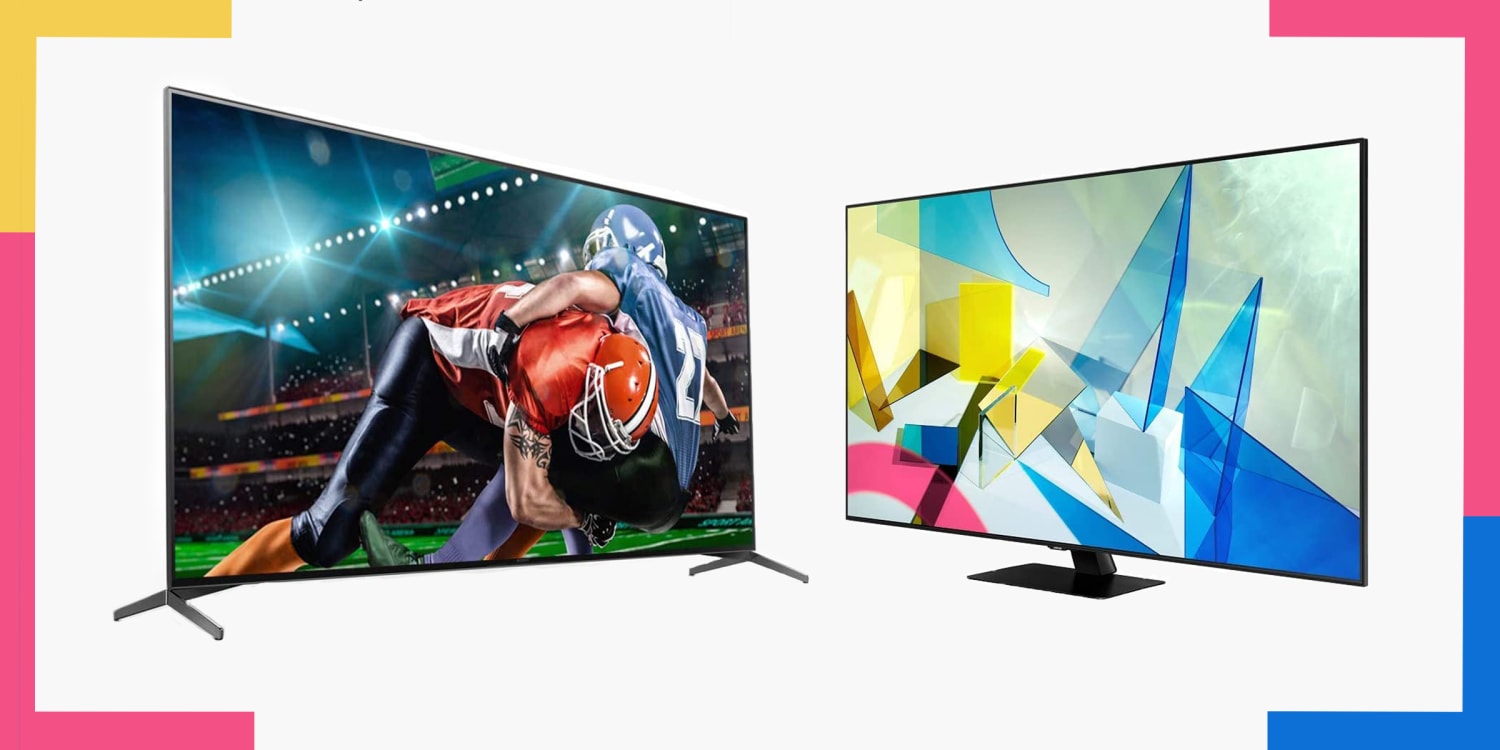Television is ingrained in the American culture, and your new television will become your family’s best friend for years to come. No, this isn’t like buying a toaster oven; you’ll want to get it right the first time, and that’s what TV Buying Guide is for. After all, you’ll want to spend a few hours choosing it before you spend thousands of hours watching it. Smart tv stores in us have varieties for you to go through.
What is 4K television? Is it worthwhile to invest in OLED? What’s the difference between OLED and LED? And then there’s the big question: which TV should you buy? Check below
· Select a price range.
The better the features, the more money you pay.
In the last 4-5 years, TV prices have plummeted, and you can now get a beautiful, top-of-the-line, 42-inch, 4K smart TV with almost every bell and whistle for less than a grand. Spend more, and you’ll get the same thing, except in 65 or 75-inch sizes and with every feature imaginable. (As we go, we’ll talk about the features.)
Deeper blacks, a broader and better contrast richer color spectrum are available with more money. (Deeper blacks are enormous.) You’re looking for darker blacks.) Most importantly, more money means a larger screen. Go through US-Reviews for exciting information and help.
· Select the size of your television.
The bigger, the better. Far better.
In reality, any serious analysis of current 4K TVs will tell you the same thing: bigger is better. If you go too small, you will be disappointed. That’s how good TVs are these days, not only in picture quality but also in design. We’ve progressed from large, elaborate black boxes that take up space and compete with anything to tiny, beautifully built TVs that blend in with your surroundings and come in sizes ranging from 32 to 100 inches.
· Choose between OLED and LED.
Both are fantastic, but one is superior.
OLED is by far the best picture technology, despite its higher cost. There’s no way around it. The tale comes to a close. To be clear, though OLED TVs win the picture contest, a good 4K LED TV still provides a fantastic viewing experience — and the best ones have the same smart TV features as OLED TVs. Furthermore, 4K LED TVs are less expensive than OLED TVs, potentially freeing up funds for the killer soundbar or fantastic surround sound system you’ll like.
· Select your television’s resolution.
Choose 4K (Hint: more pixels are better, and 4K has 6 million more pixels than HD.)
First and foremost, let’s clarify that 4K and Ultra HD are the same things. (Why the two names? Who knows, we may have missed the meeting.) They both apply to screen resolution or the number of pixels on the screen. The image would be more assertive, clearer, and more lifelike if there are more pixels.
A brief history: TV resolution used to be terrible, but it was all we had. Then came HDTV, and TVs went from 307,200 pixels to one million pixels (720P), then to over two million pixels (1080P) — and TV was immediately fine. Then, about five years ago, with the arrival of 4K, we went from 2 million pixels to over 8 million pixels, then we all discovered what ideal looks like.
· Check to see if it supports HDR.
What exactly is 4K HDR? HDR means High Dynamic Range, and it does the same thing for TVs as whipped cream does for hot chocolate: it improves it. It’s simply preferable to being without it, so you’ll have to pay for it. Don’t miss out if you have the opportunity.
TV color remains true to form with HDR. A TV cannot replicate those colors in a true-to-life manner without HDR. What HDR does for a TV is genuinely incredible, and it’s well worth investigating further.
